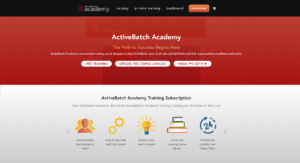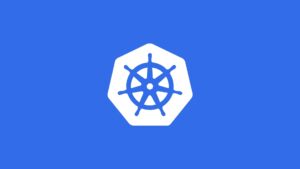Acquire New Skills For The IT Tools You Use Most
Continuous development is great for software, so let's apply it to our own technical training and stay up-to-date on IT automation's newest capabilities.

Continuous IT Education
The IT tools we rely on can sometimes resemble unexplored mountains —full of features and possibilities that we’ve never ventured into, with unused drop-down menus and buried lists of settings that could be capable of anything.
As IT professionals, it’s important to optimize our use of key resources. That means understanding the full range of capabilities offered by the technologies we rely on most. But our days are hectic, our schedules unpredictable, and exploring features on our own isn’t always an efficient way to gain a better understanding of a technology’s capabilities.
Plus, our favorite IT tools are always improving. Updates are made, new versions are released, new features and capabilities are added. Keeping up with changes takes time.
So, how can IT professionals stay up-to-date and optimize their use of resources?
Well, we’re adept at continuous development when it comes to software —we should start applying the same principle to ourselves: We should always be learning how to better leverage the tools at our disposal.
Sharpen Your IT Expertise with These 4 Strategies
Training
Comprehensive training courses are a great way to gain a better understanding of the tools you’re working with. Visit the website of the company that makes the product you’re interested in, and see if they offer training videos, presentations, or webinars designed for both new and experienced users. On-demand training courses and automation certifications provide additional flexibility for IT professionals and are a great way to gain new skills on your own time and at your own pace.
Knowledgebase
A knowledgebase is a library of information about a product, provided and maintained by the company that makes the product. Knowledgebases include FAQs, troubleshooting, workarounds, and how-to articles, and are usually prepared by support teams within the company that makes the product. Look around the company’s website or customer portal, and check to make sure the knowledgebase is regularly updated, relevant to your product version, and easy to search.
Online forums are great resources to browse through and can be hosted on a company’s website or in a portal exclusive to customers. Customers post questions and feedback and receive good information about use cases, best practices, and common solutions. There are usually also product announcements posted to forumswhich is great, especially if you’re keen on learning more about a product’s latest features and capabilities.
Case Studies
Learn how other IT professionals are implementing the products you use most. Often, a product’s website will feature case studies, sometimes in print and sometimes in video, featuring customers who explain their migration strategies, their best practices, and what they’ve learned from their experiences with a particular product. Hearing a new perspective on a product can be a great way to start thinking outside the box as you work on implementation and scaling strategies.
Have other tips to share? Let us know in the comments below.

Become an ActiveBatch Super-User
Gain Unlimited Access to the Entire ActiveBatch Academy Training Catalog at a Fraction of the Cost







